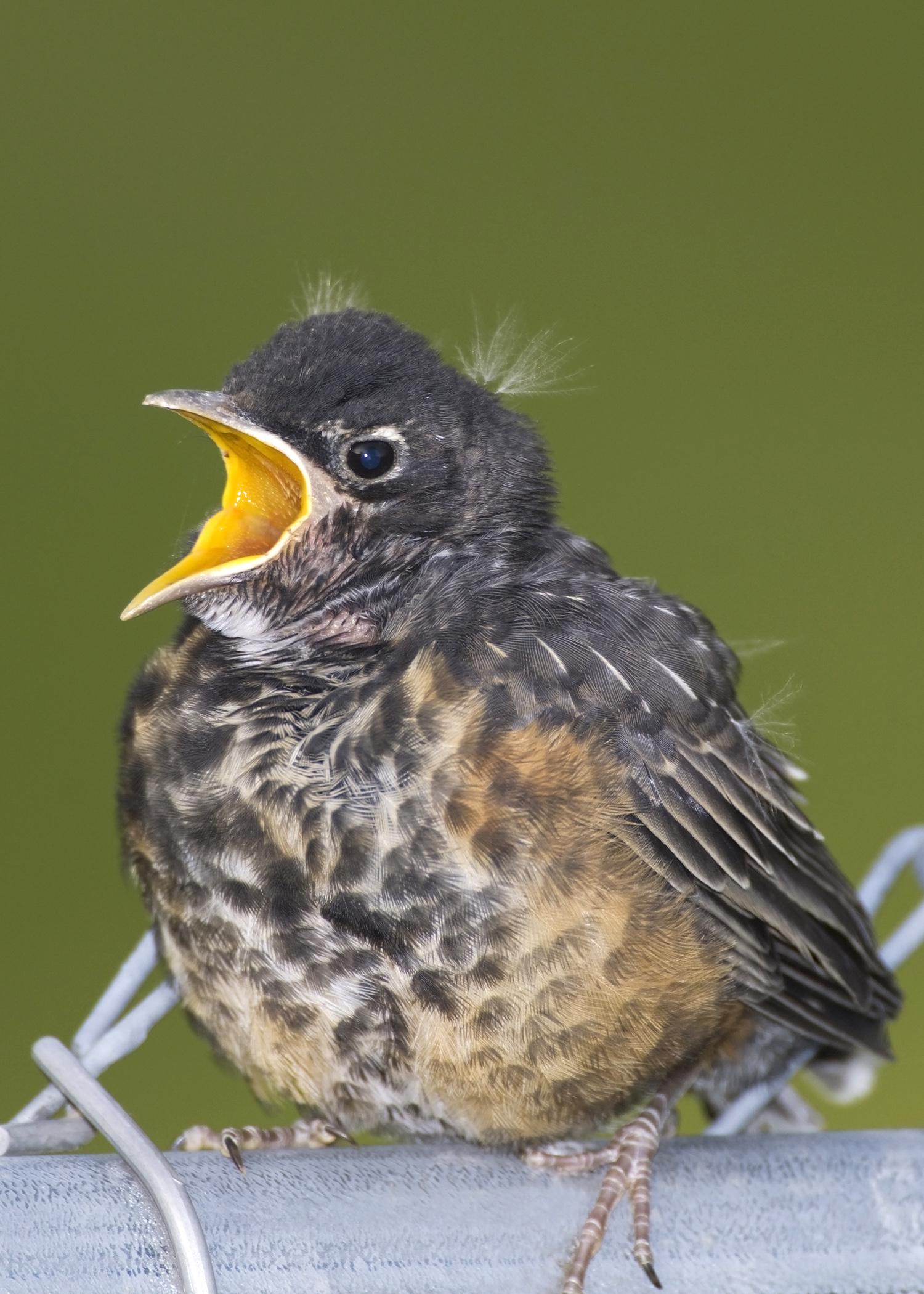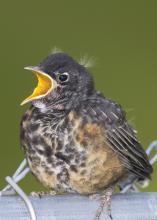Information Possibly Outdated
The information presented on this page was originally released on April 17, 2015. It may not be outdated, but please search our site for more current information. If you plan to quote or reference this information in a publication, please check with the Extension specialist or author before proceeding.
Mom is coming back, leave the baby alone
STARKVILLE, Miss. -- April showers bring May flowers, as the old adage tells us. However, spring also brings baby wild animals.
Longer days and warmer temperatures are triggers that cause birds and other wildlife to mate and have young. Winter conditions are harsh, but spring has softer days and plentiful food, conditions more ideal for raising offspring.
The beauty of nature is in its diversity, and there is certainly a lot of variety in how young animals are produced and raised. Cold-blooded fish and reptiles lay eggs. Often, their hatchlings must fend for themselves, but some fish -- such as clown fish and sea horses -- do take care of their young.
Warm-blooded animals tend to invest more energy into their young, and one or both parents will raise the offspring. Some wildlife babies need to stay in the nest or den for an extended period of time after they are born or hatch. Others hit the ground, ready to walk, run or swim. In either case, a parent is on hand to meet their needs for food and protection.
Much like human children, young wild animals learn by exploring and testing the environment around them. Experiments with flight by a fledgling bird may result in a crash landing on the lawn. Clover and dandelions will entice a young rabbit away from the nest. Fawns will explore the forest, tasting new leaves and fresh water.
These adventures may cause well-meaning people to think the young animal has been abandoned. Many well-intended people do not realize its parent is nearby, and they intervene.
Every year, many baby birds, rabbits, raccoons, opossums, fawns and other wild animals end up “rescued” and taken to veterinary hospitals or rehabilitation centers. This is unfortunate for two reasons. First, state and federal laws prohibit people from removing animals from the wild without the appropriate permits. Second, it was very likely the parent or parents were taking care of the baby, even though it appeared as if they were gone.
The best chance of survival for any wild baby -- except in very rare cases -- is when it is raised by its parents. After all, it is nature’s way to ensure the species is preserved. And in those cases when the youngster does not make it, when its explorations turn out to be fatal, it is also nature’s way.
We humans, despite our best intentions and our sorrow for the individual animal, should let nature take its course.

Editor’s Note: Extension Outdoors is a column authored by several different experts in the Mississippi State University Extension Service.




